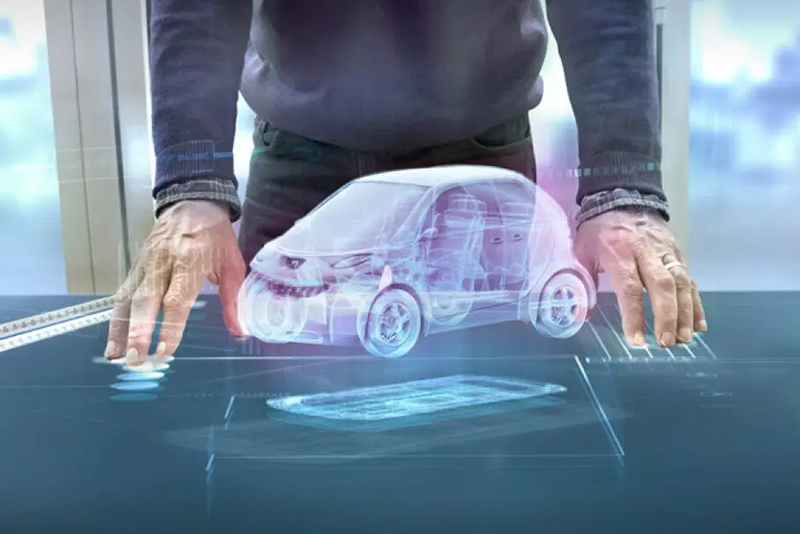The era of traditional car repair is not completely behind us, but it is behind us. While there may always be a small old machine shop that can repair old cars, follow-through from gas stations and small-volume car dealers may be less likely. With the advent of tablets, car repair has become less greasy and somewhat annoying as the most valuable tool on a technician’s workbench. Technology may be getting more advanced, but it’s absolutely necessary to keep up with the way cars are designed and built. New technology may make diagnosis and repair faster. But that doesn’t mean it will necessarily be cheap for consumers. Repair shops have to invest a lot of money to remain certified (and therefore competitive), and those costs have to be spread out somehow – but, what does that mean for the average car owner? Let’s take a look at some of the emerging tools and techniques for car repair.
1. Self-diagnosing vehicles: Future vehicles could be equipped with advanced diagnostic systems that can identify and pinpoint issues in real-time. These systems will monitor various components and systems, analyzing data to provide accurate repair recommendations.
2. Augmented reality (AR) repair guides: AR technology can be integrated into repair manuals or accessed through smartphone applications. Mechanics can use AR to overlay digital information, such as step-by-step repair instructions or component identification, onto the physical vehicle, making repairs more efficient and accurate. 3. Predictive maintenance systems: With the combination of sensors, artificial intelligence, and machine learning, vehicles will have the ability to predict when maintenance or repairs will be needed. This proactive approach can help prevent breakdowns and reduce unexpected repair costs.
4. Remote-controlled robots: Complex repairs in confined spaces may be completed by remotely controlled robots in the future. These robots can be equipped with specialized tools and cameras, allowing mechanics to assess and repair vehicles in challenging areas without physically accessing them.
5. Advanced materials and techniques: Future car repairs may involve the use of advanced materials that are lighter, stronger, and more durable. For example, the use of carbon fiber composites instead of traditional steel can improve fuel efficiency and reduce repair requirements. Additionally, advanced welding techniques like laser welding or friction stir welding can provide stronger and more reliable repairs.
Post time: Jul-04-2023







